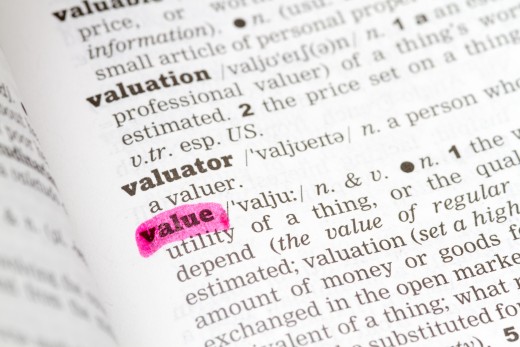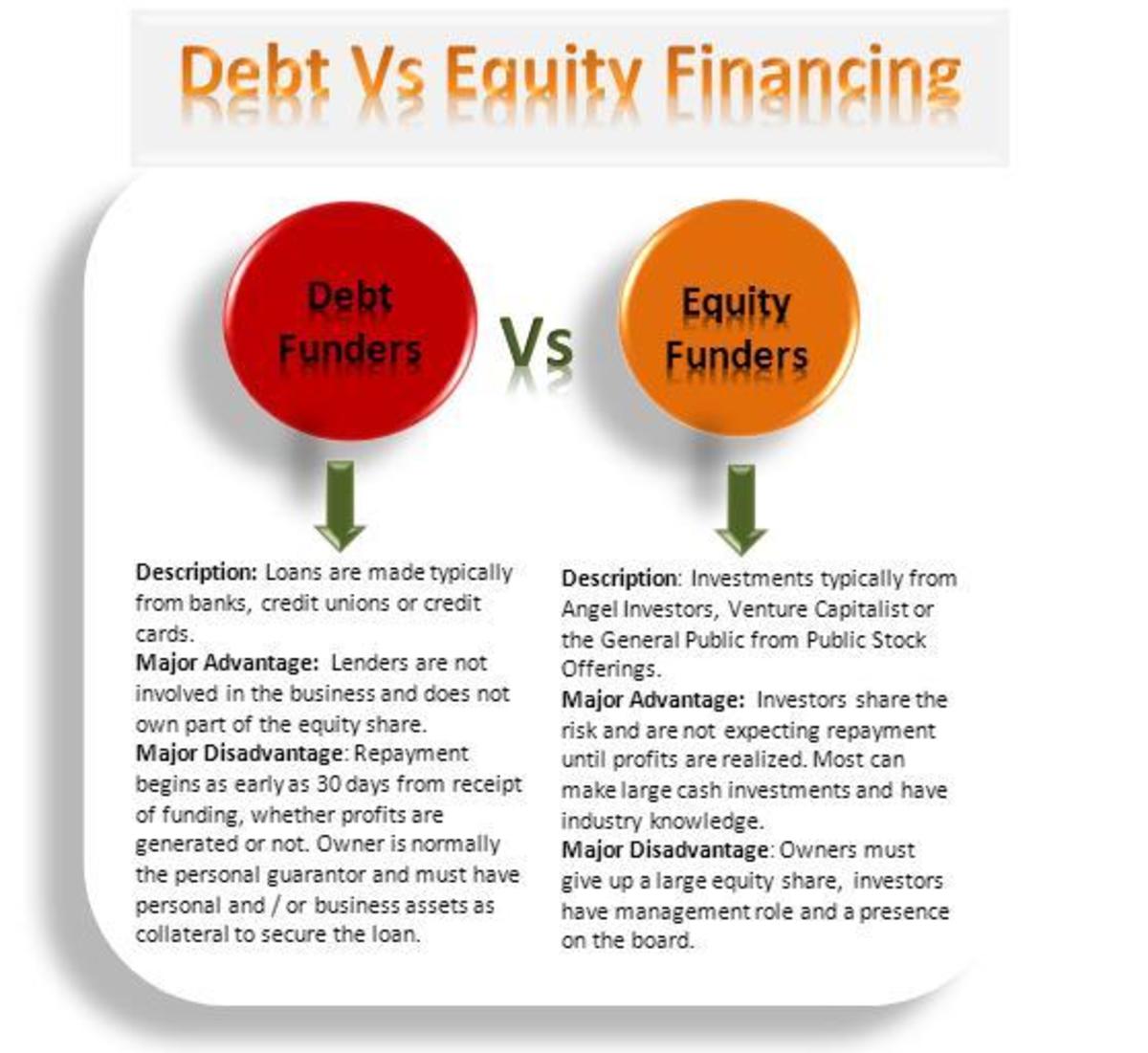The Distinction between Worth and Value
Attractiveness through Accounting, Economics and Marketing

A company’s worth is governed by the difference between its assets and liabilities which are measurable amounts as stated on the balance sheet. The increase in net worth can only occur by earning a profit and minimizing the distribution of dividends in order to sustain positive financial health. The net worth is one of the factors considered when determining the value of an organization along with the value of the brand or intellectual property for example. The worth alone is not the best measure of the liquidity of a company due to the nature of its assets as being fixed and current inventory levels which can be difficult to dispose of or sell.
There are various types of value that are applied in order to explain different business situations and are used to quantify the wealth or merit of an organization as a whole. The main types of value that influence the attractiveness of a company are expanded through accounting, economics and marketing. The value gained through accounting practices are the monetary worth of a company’s assets as previously explained. The definition of value in economics is the benefit of ownership which comprises of the utility and power of goods or services. The creation of value through marketing depends on the consumer’s perception of the price in order to meet their needs rather than the actual cost of providing the product or service.
As a result, these different variables create value in various ways depending on the strategic objectives including factors that drive financial and non-financial behaviours. The key in comparing which companies are worth more all else being equal is to determine “its ability to consistently maximize its risk-adjusted cash flow generation. It follows then, that companies should focus on those factors that help them generate more cash, for longer periods of time and with the least risk possible” (Krogger&Co, 2015). With this in mind, the following example illustrates how business value drivers can affect the worth of an organization.
There are various instances of firms using conservative accounting policies versus aggressive accounting policies where the value will be affected by financial drivers. These drivers determine the objectives of an organization’s financial strategies where policies are formulated to enhance value ultimately defining the capital structure. A firm using conservative accounting policies is worth more because the value driver is to prevent the intentional deception of the business’ financial situation. This allows the information to be reported fairly due to external parties relying on accuracy in order to make decisions. Additionally, this reduces the potential negative impact of dishonesty and brand perception having a positive impact for the company due to transparency.
Balance between Value and Financial Drivers

The issues of risk in valuating alternatives and applying solely financial measures in order to capture all factors associated with value can be solved by implementing value based or value driven management. This approach provides the opportunity for improving operational performance through precise and defined metrics aligning targets with the goal of creating value. An organization’s value is determined by the discounted future cash flows. This opportunity for value is generated when a business invests funds from returns that exceed the cost of capital.
This value based approach to management incorporates these concepts through corporate strategies and daily operating decisions. This provides focus for business decisions based on the key drivers of value which are operational, financial and sustainability. There are steps that “management teams can follow to implement Value Driven Management in their organizations:
- Select those key value drivers the organization is going to focus going forward.
- Determine the exact and correct parameter that needs to be measured for each of the key value drivers (e.g. cost/unit, ARPU, EBITDA/Debt, etc.) as well as its current value.
- Establish what is the desired direction of change and if possible a specific target value for each value driver.
- Define the actions that need to be taken today in order to achieve the target.
- Assign clear responsibilities for each of the actions defined above.
- Design a compensation or incentive mechanism to reward people for achieving established targets.
- Build a monitoring system to keep track of progress.
- Review the validity of key value drivers as often as necessary but especially if and when targets have been achieved.
- Ensure all three value driver categories are included in the process at all times.
- Measure the value created by those drivers where targets have been achieved” (Krogger&Co, 2015).
The challenges of accurately measuring value and forecasting future cash flows are primarily linked to relevant information, quality of data and departmental coordination. The complexities involved with business intelligence need to be managed effectively in order to achieve optimal performance management. The successful companies who recognize this complemental relationship are able to analyze unlimited amounts of quality data to make informed business decisions. The coordination involved to ensure all of these factors work in harmony is the primary objective of improving the degree of data quality which is most valuable to the organization.
Sandy Ennis. C.E.T., PBDM
Author / Business Consultant
References:
Krogger&Co. (2015). Key Value Drivers. Retrieved from http://www.krogger.co/key-value-drivers.html






